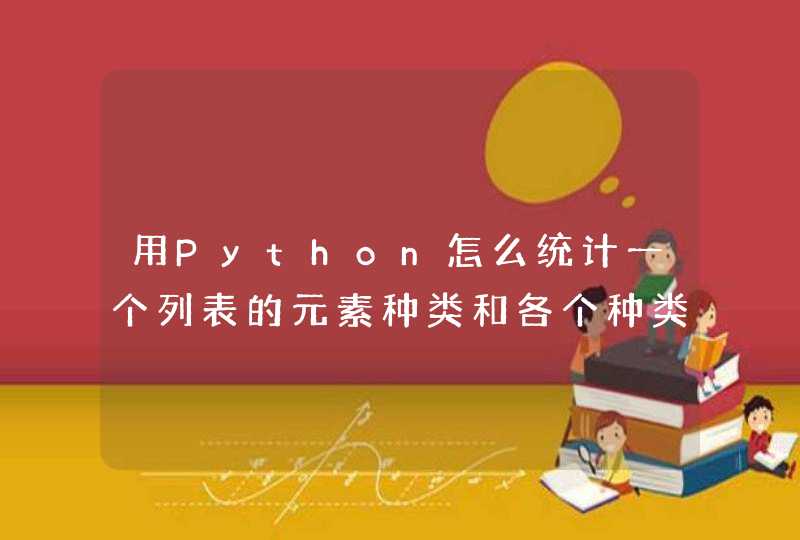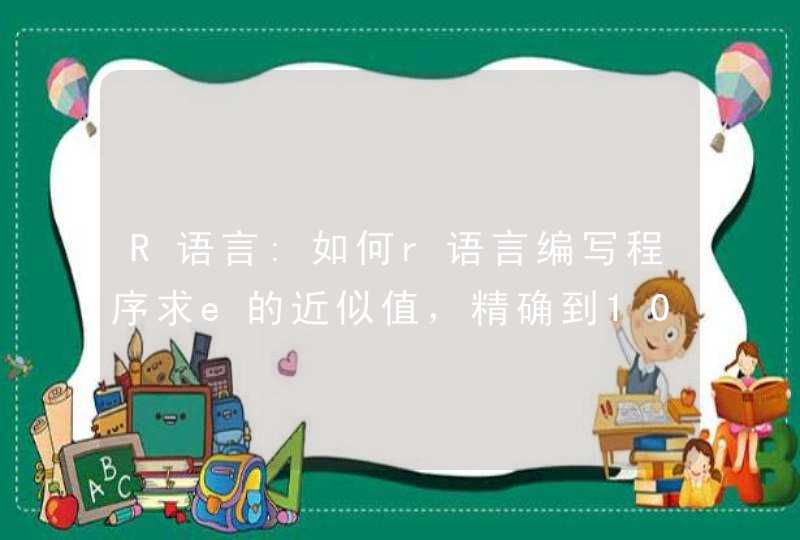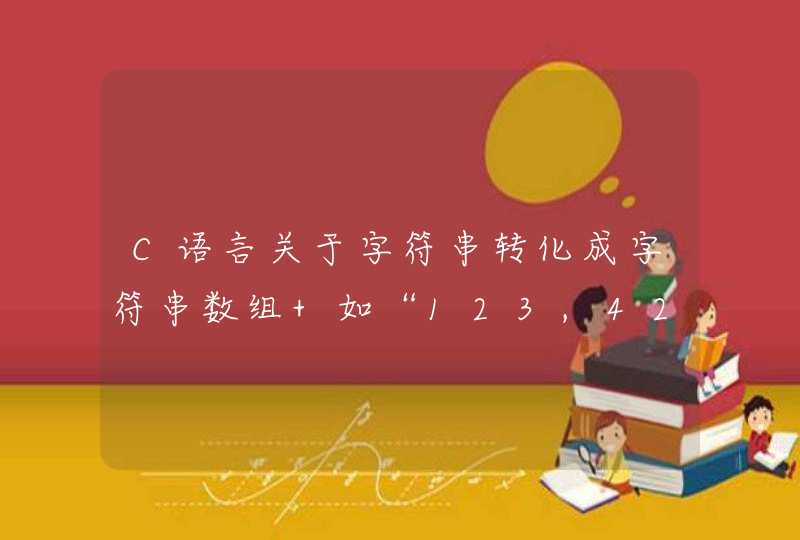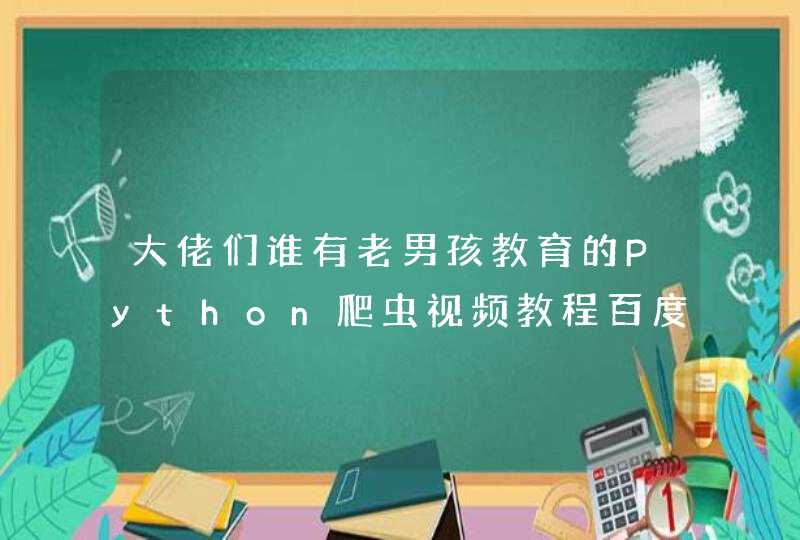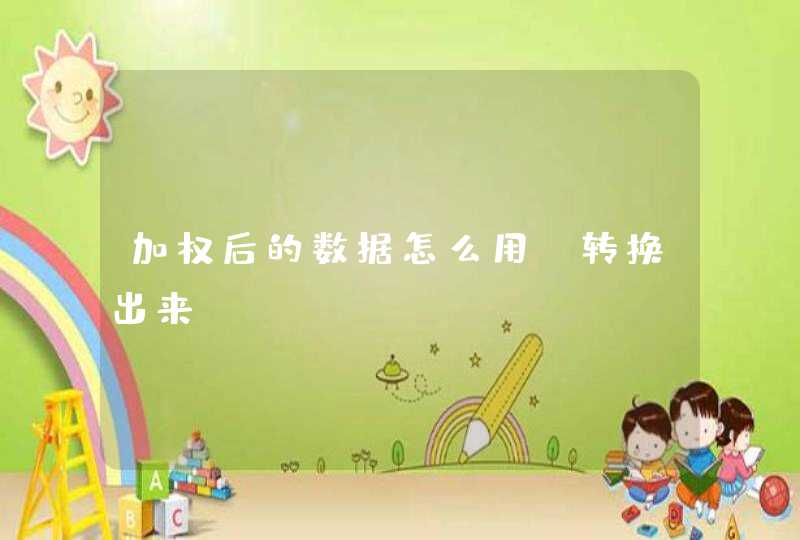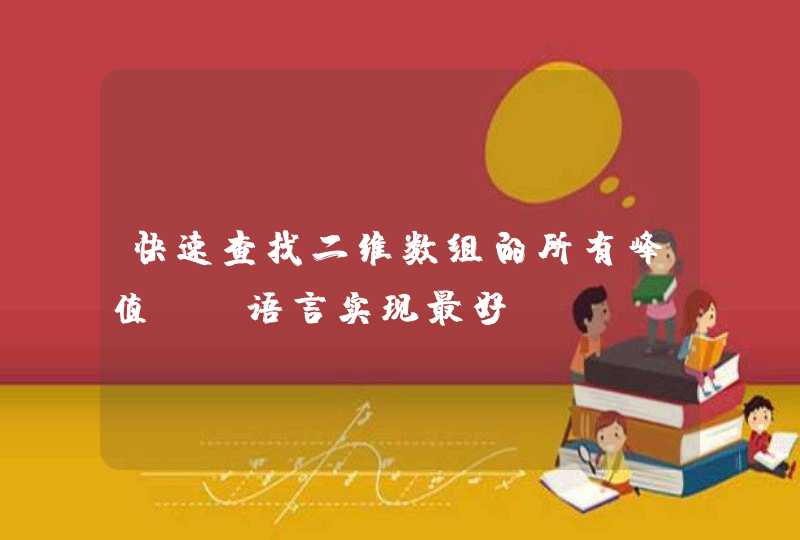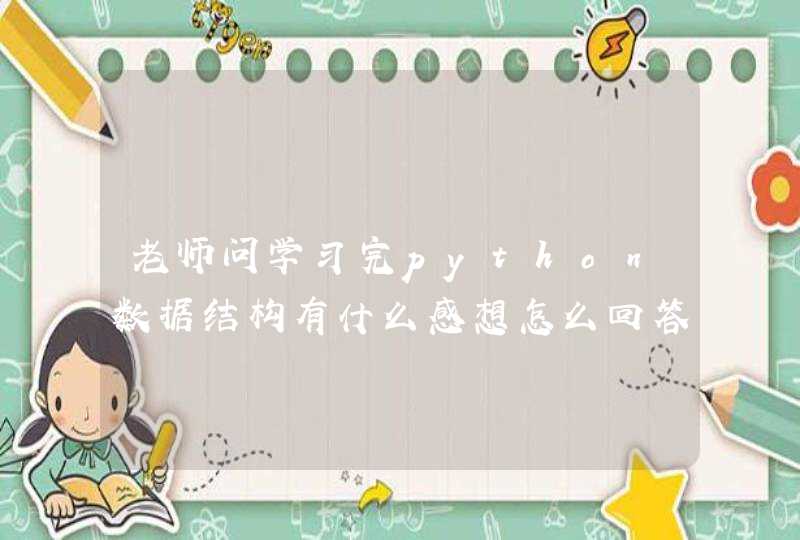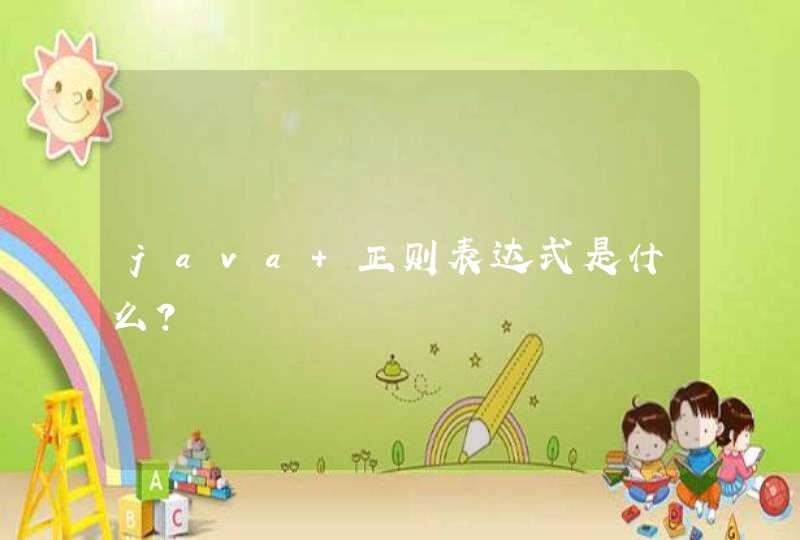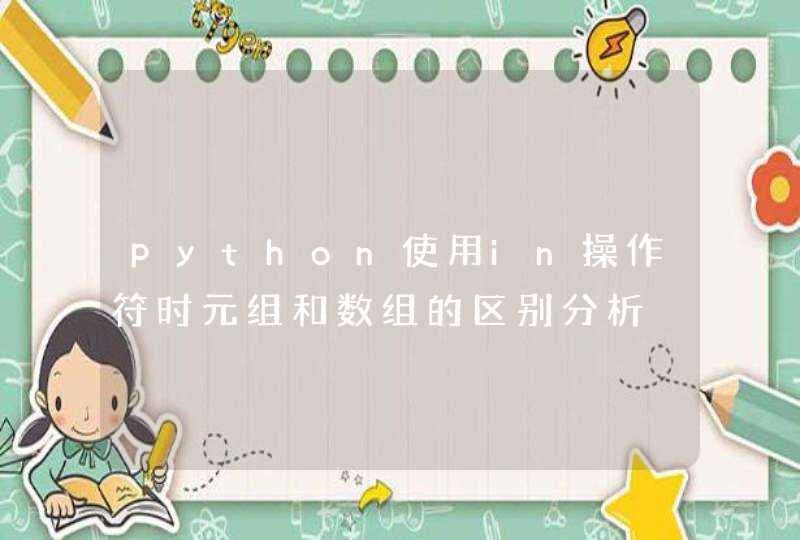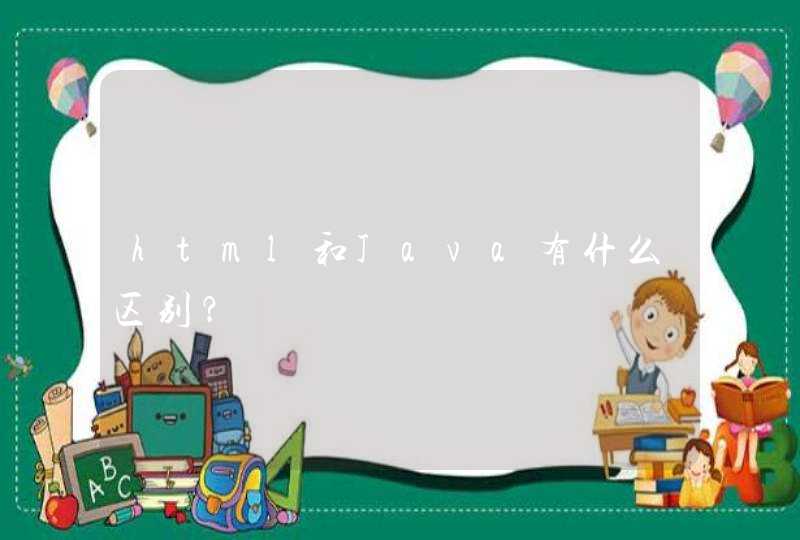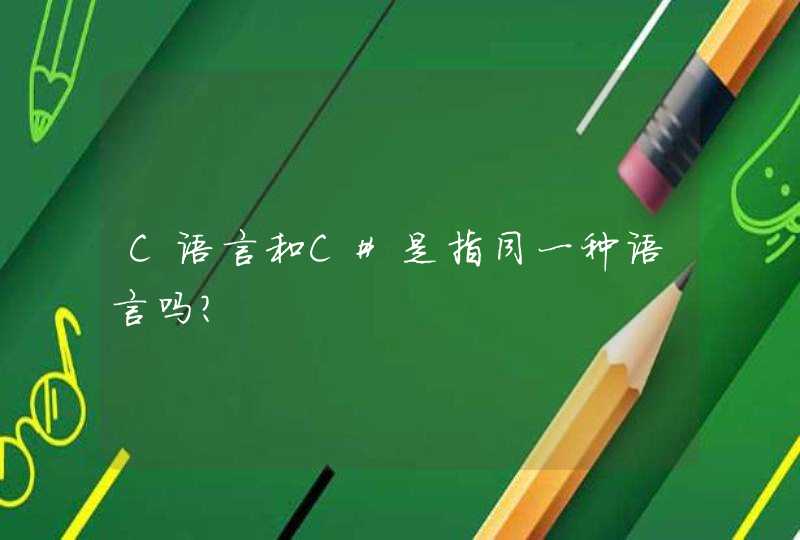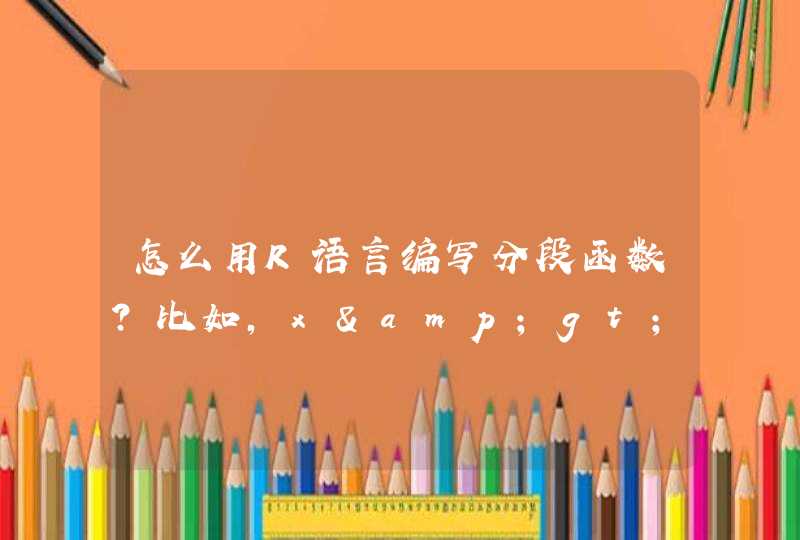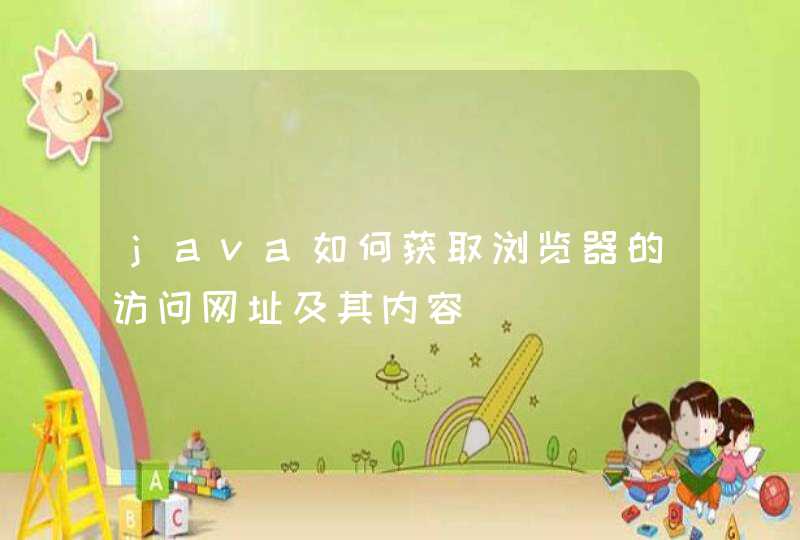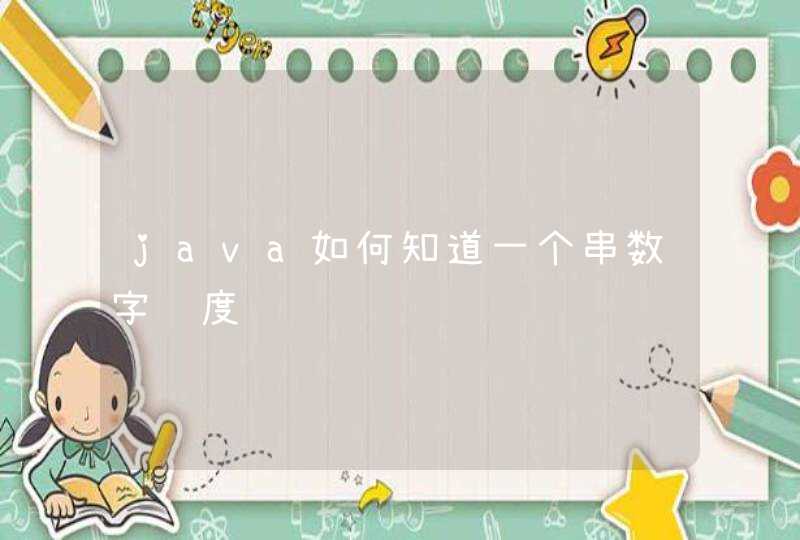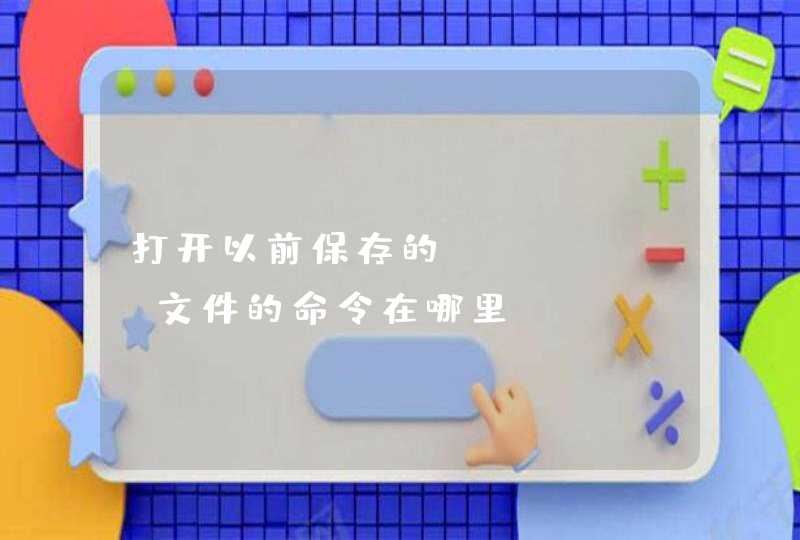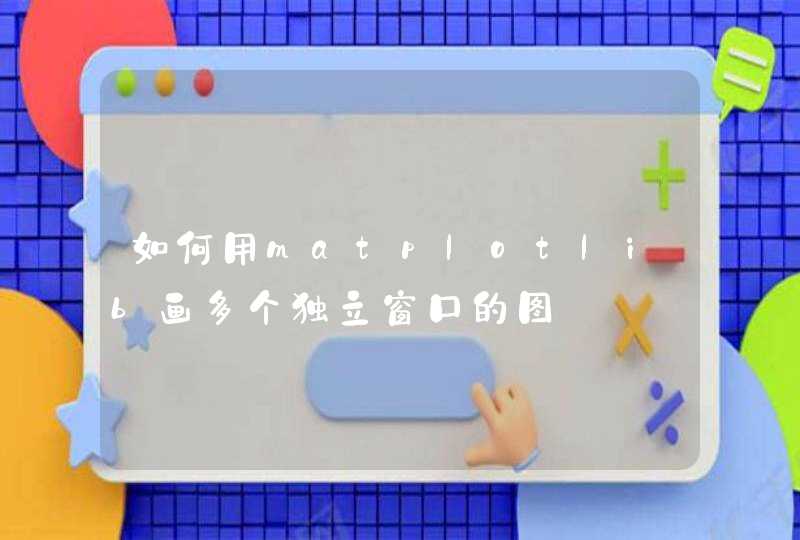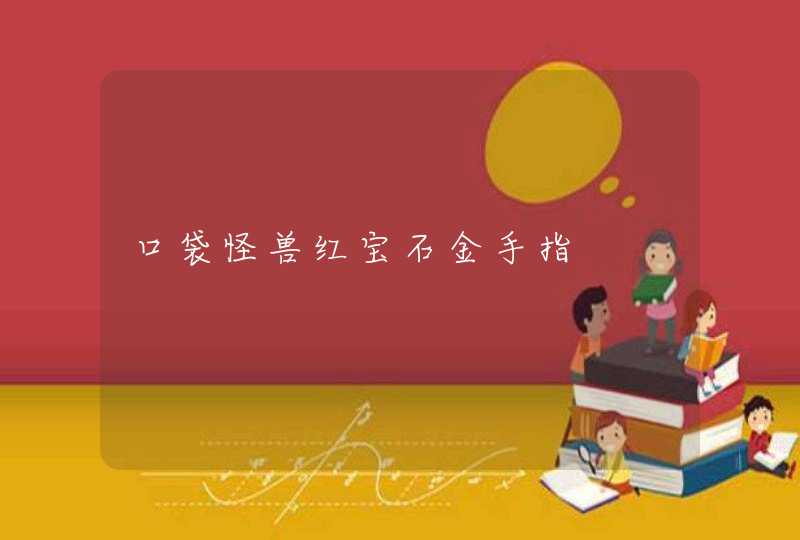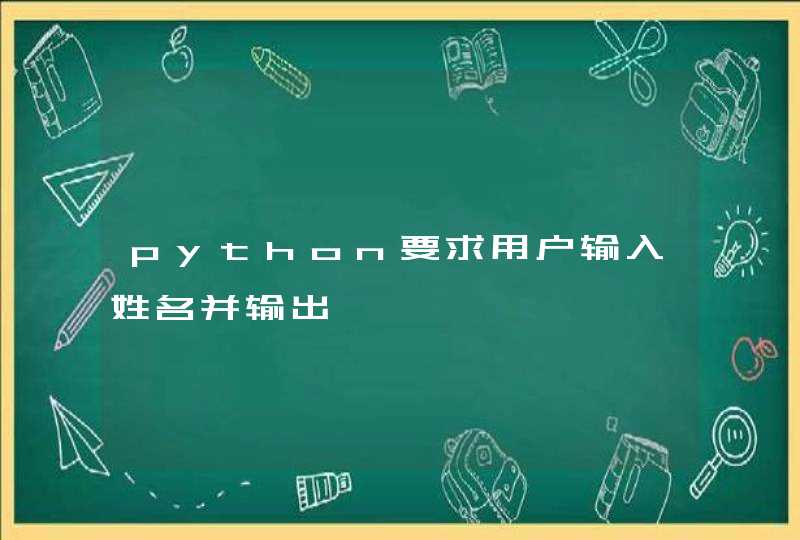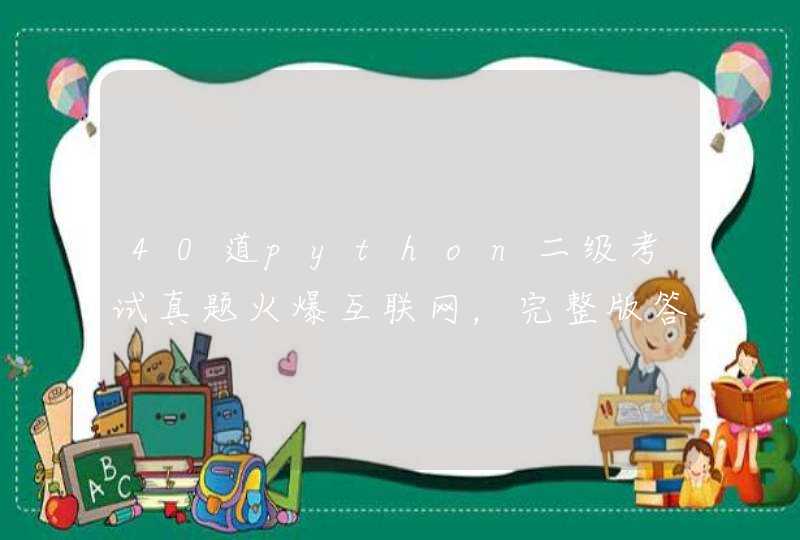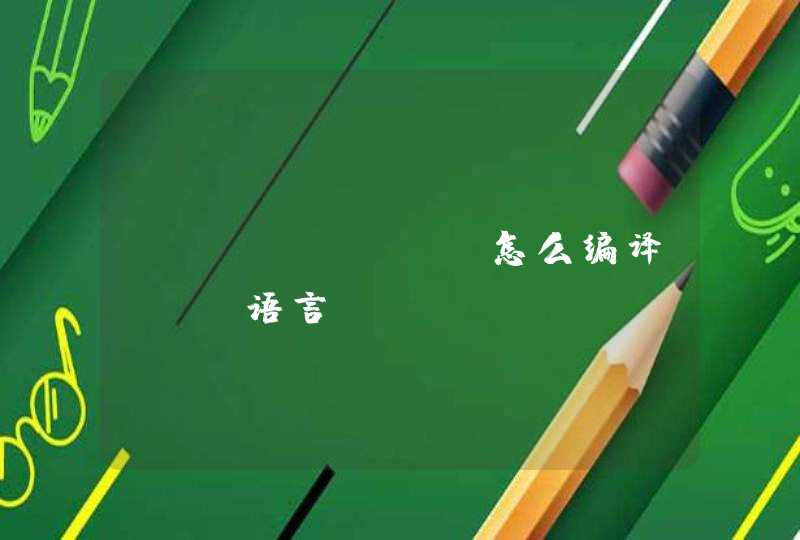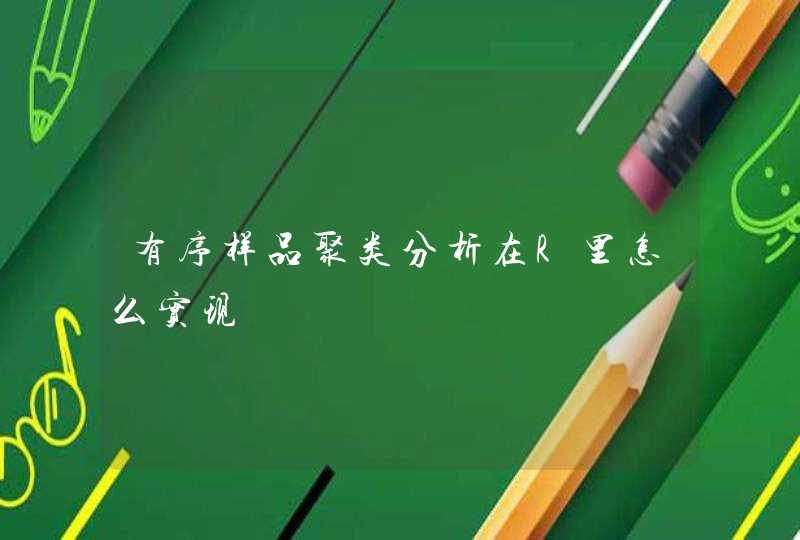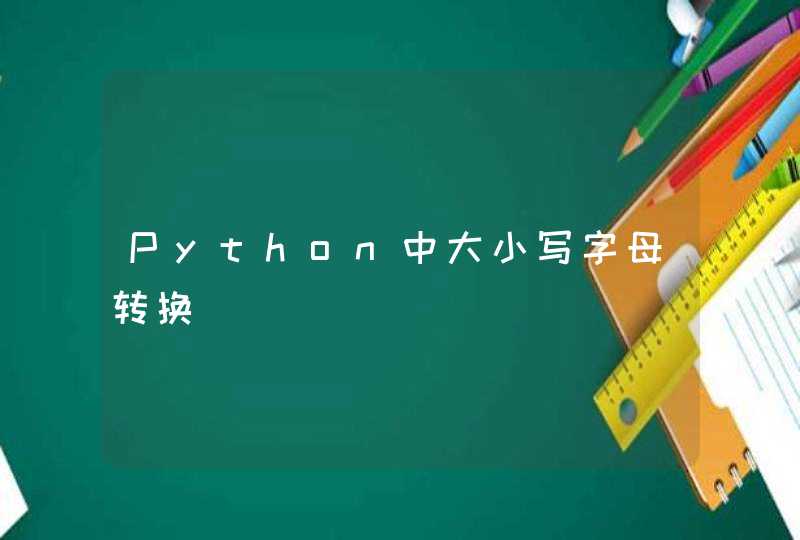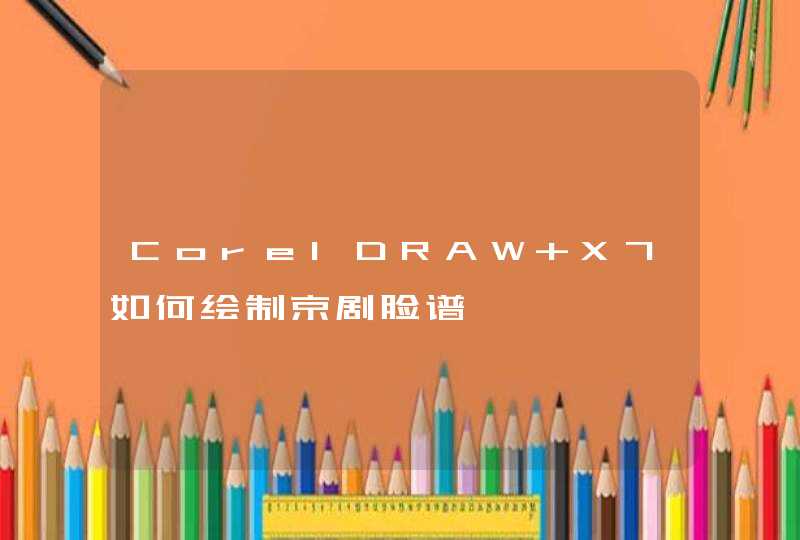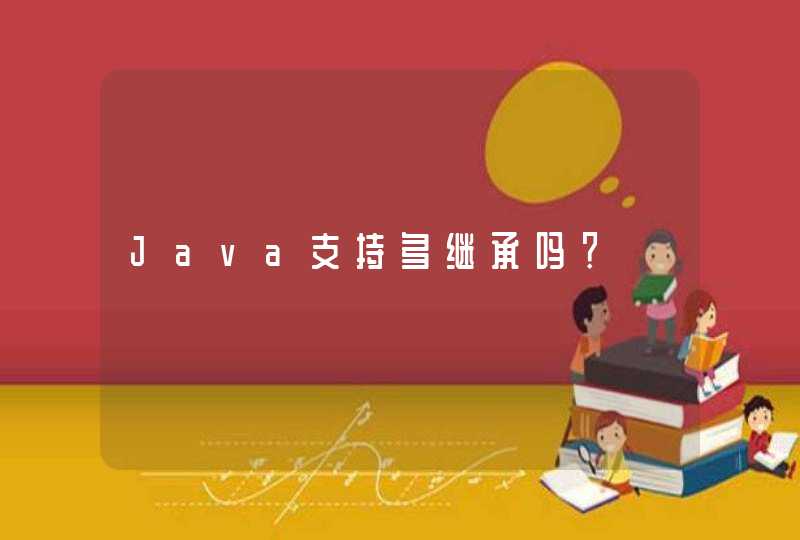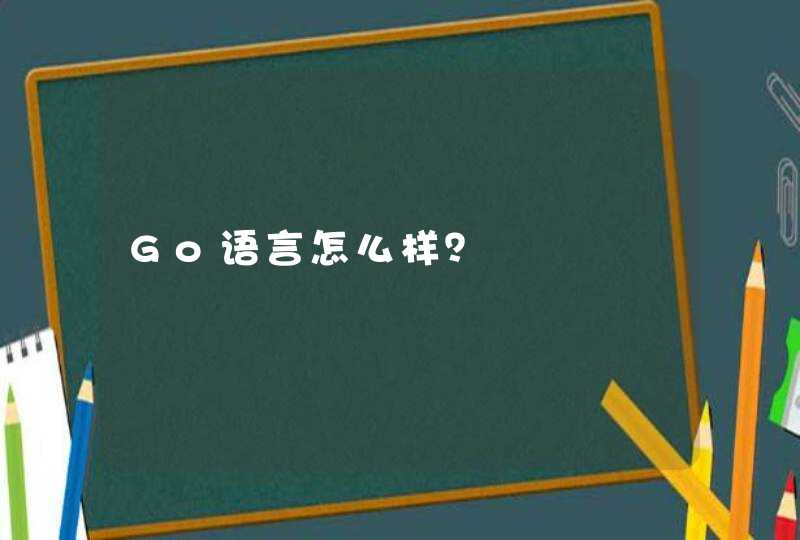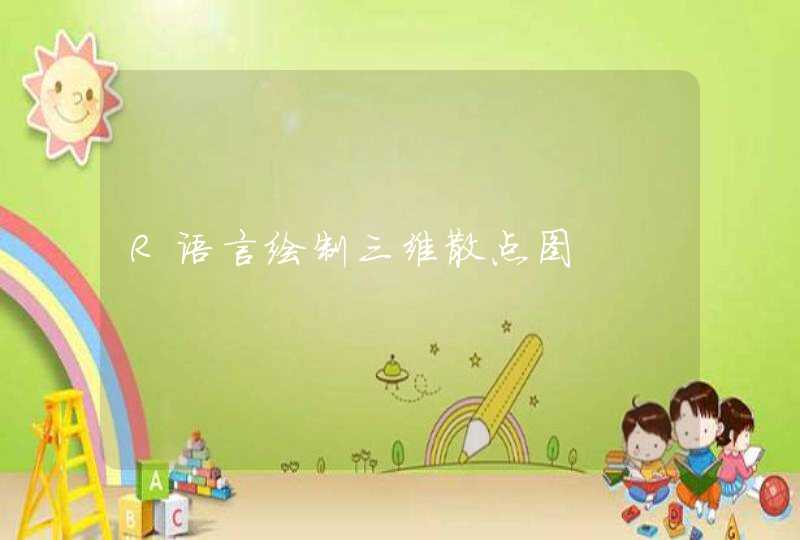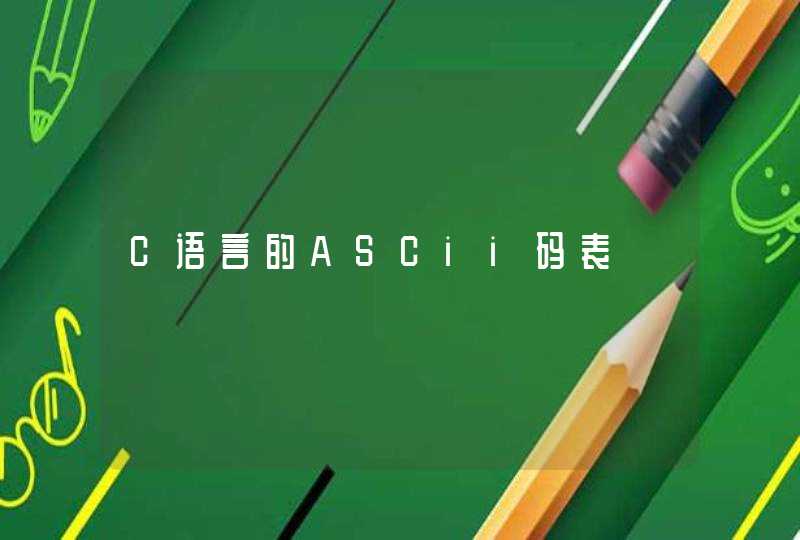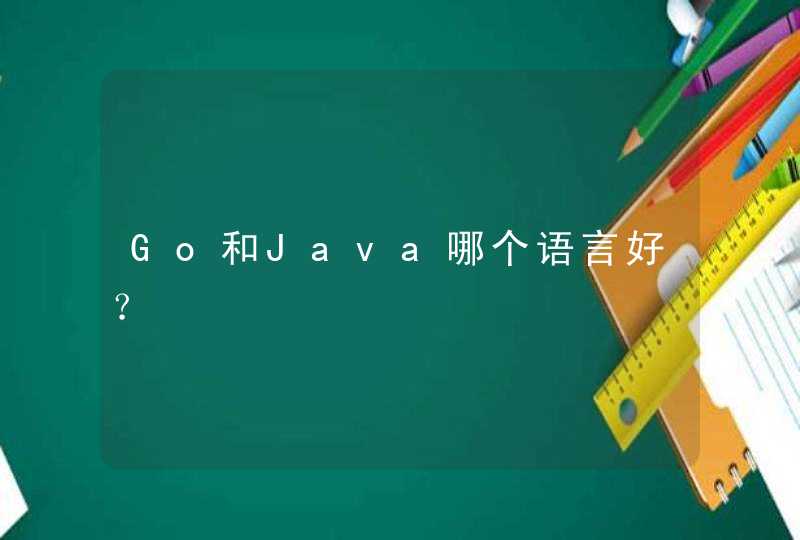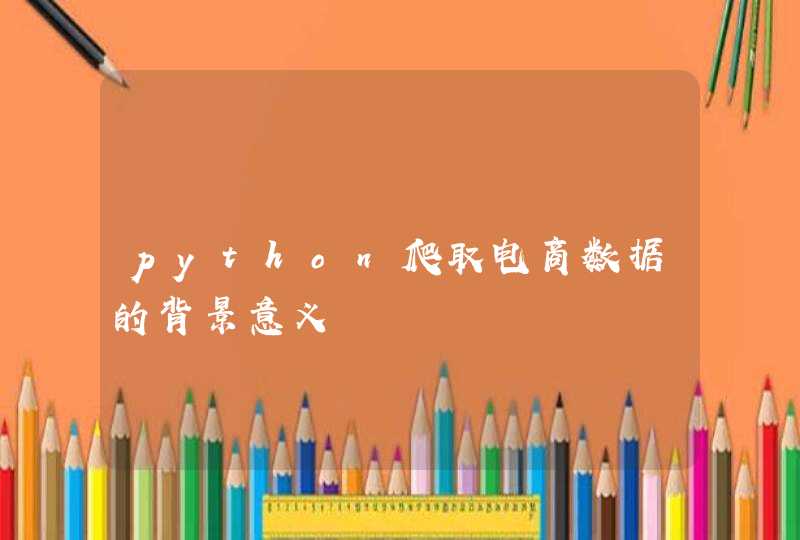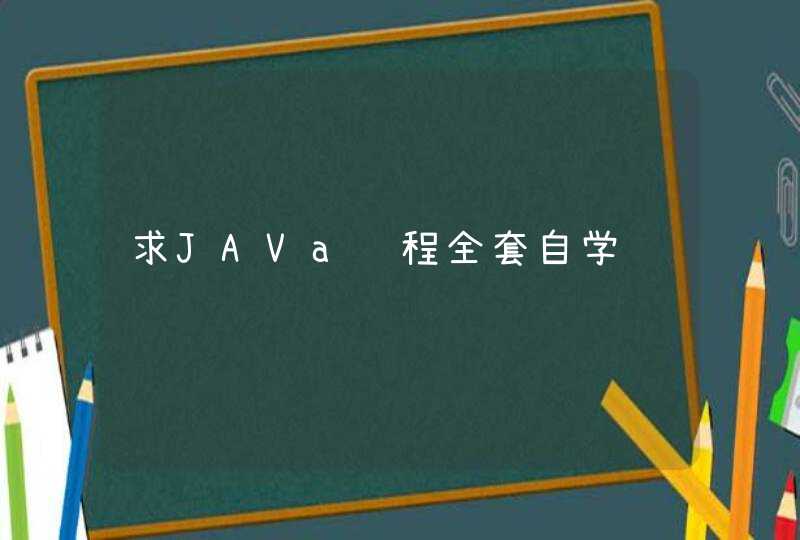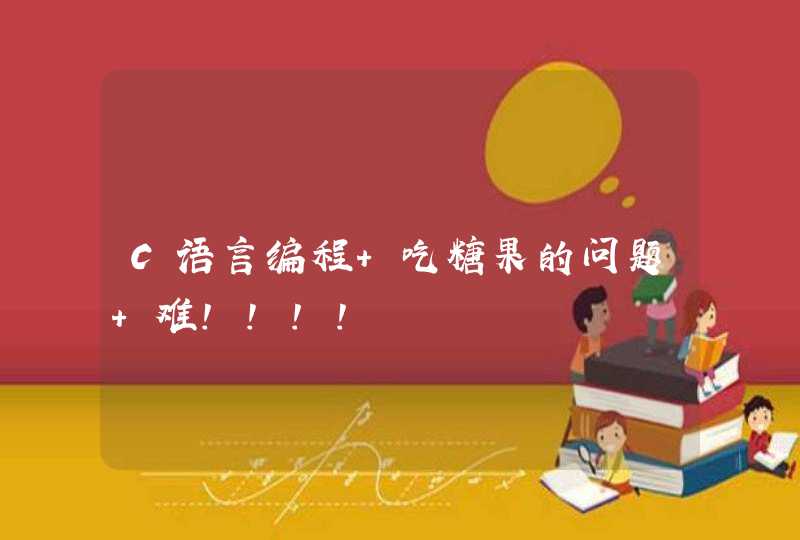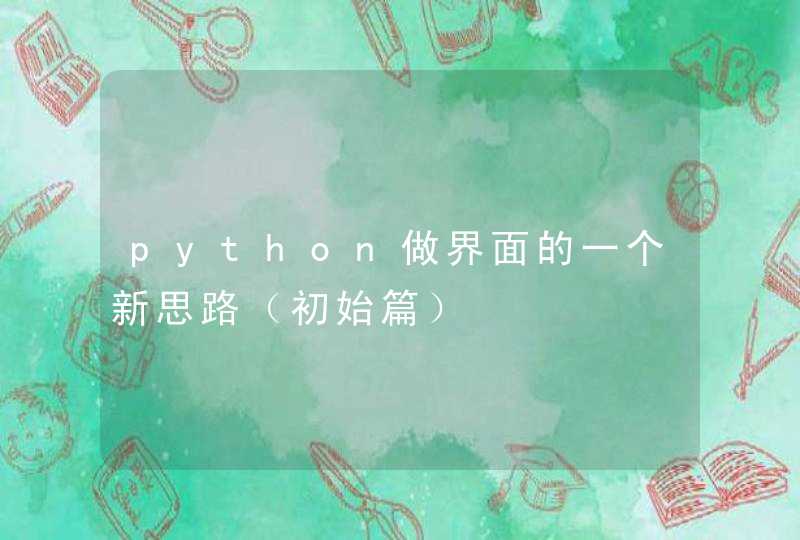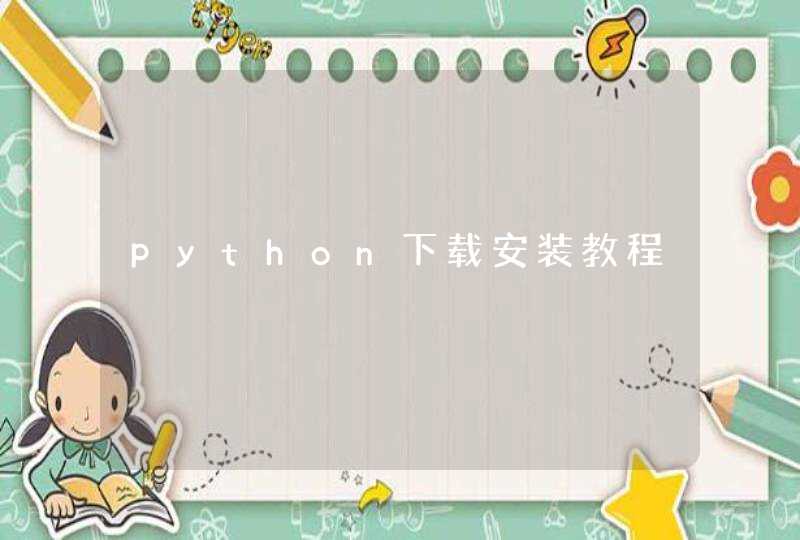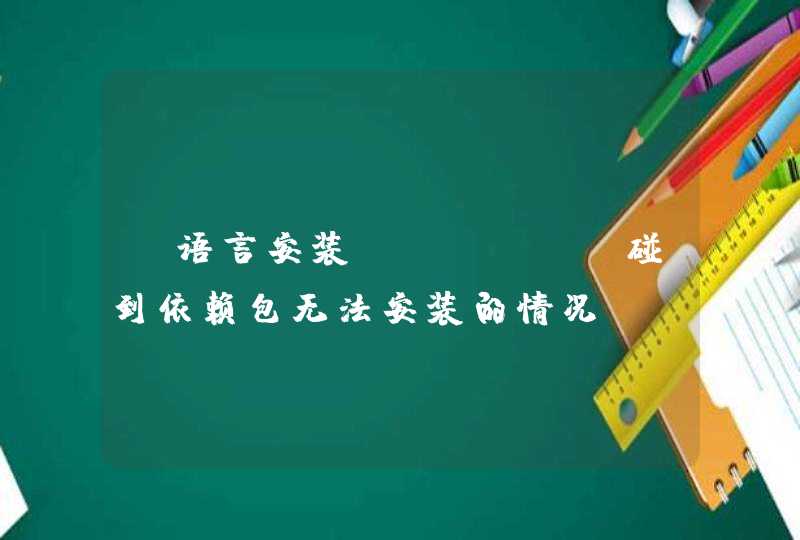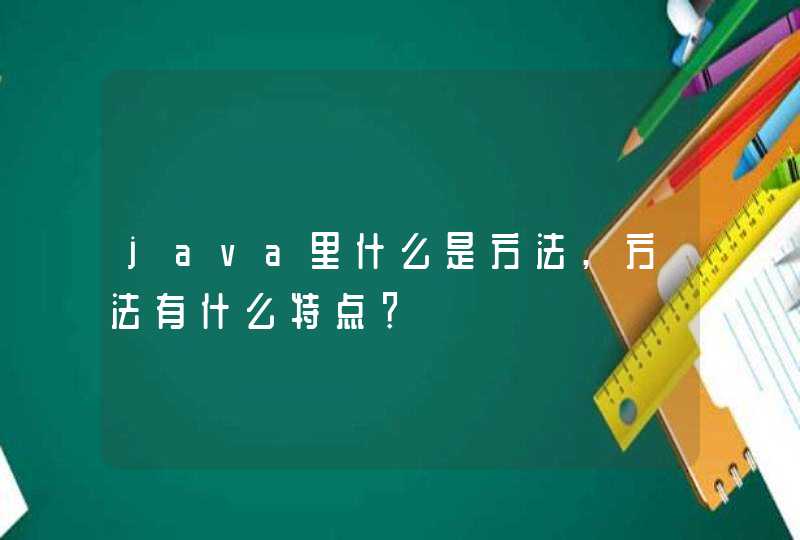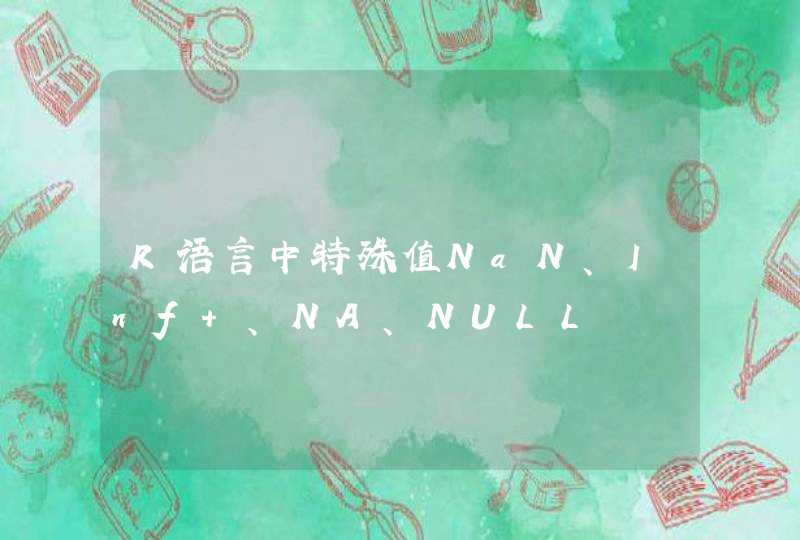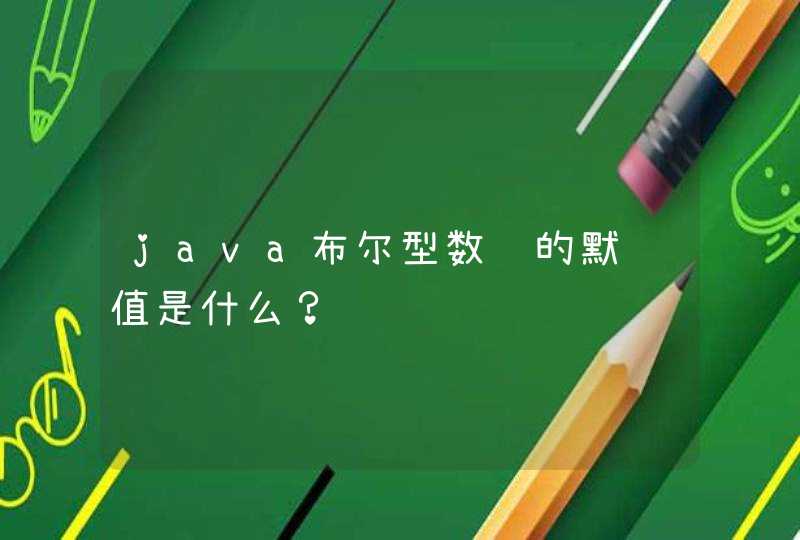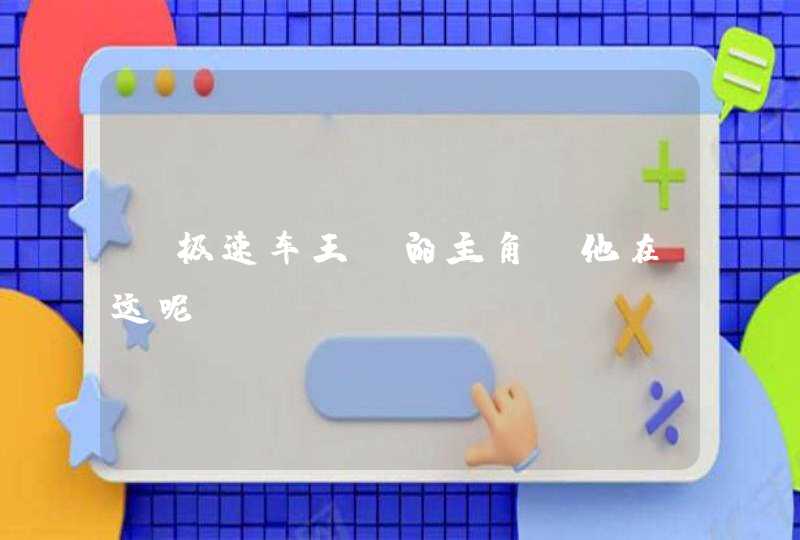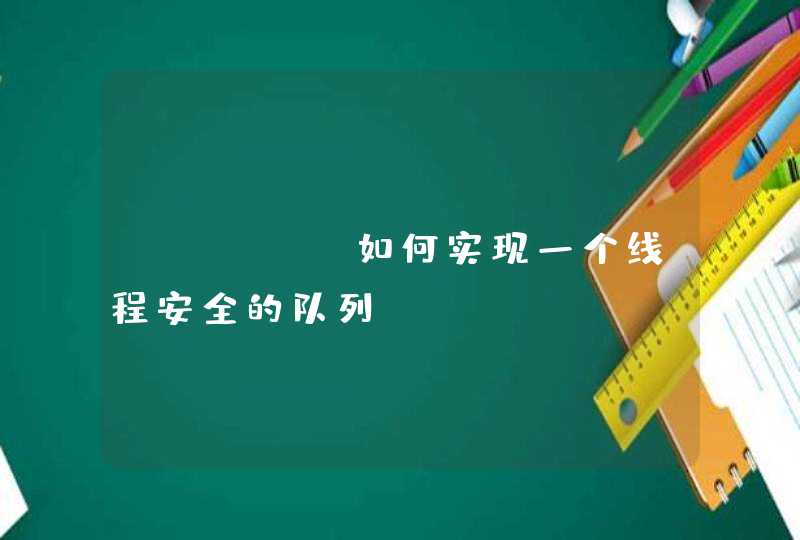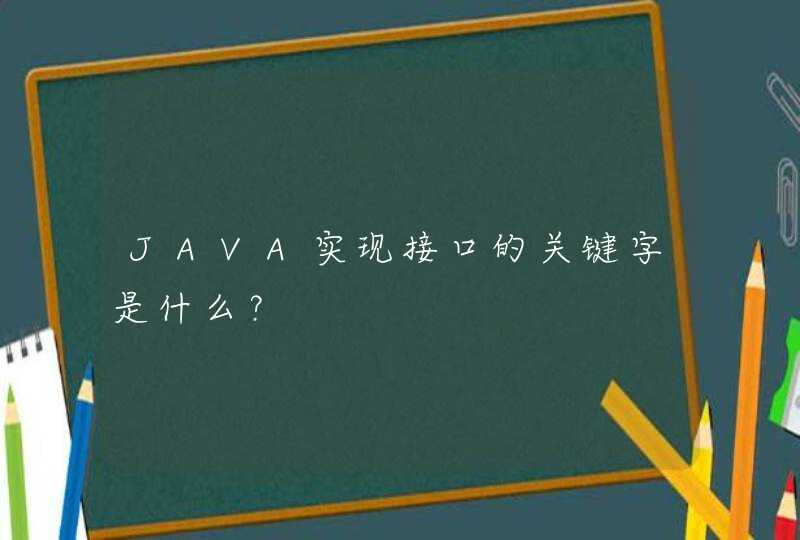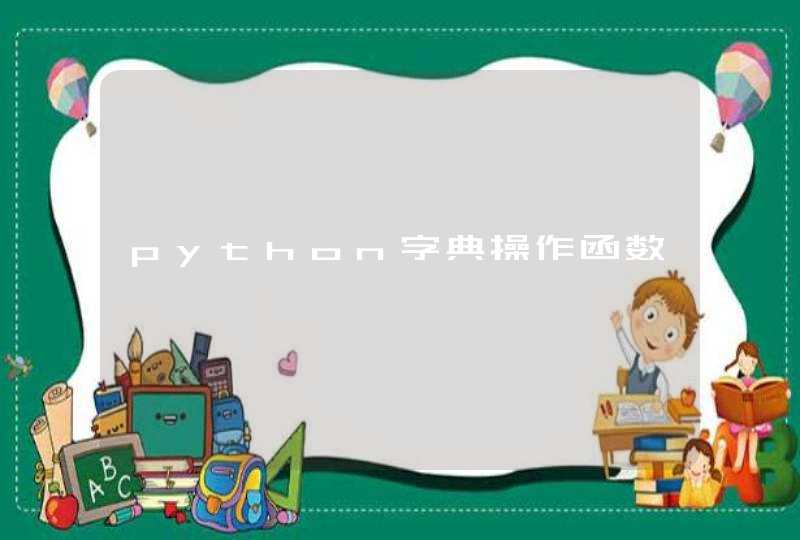
(1)len():返回字典中键—值对的数量;
(2)d[k]:返回关键字对于的值;
(3)d[k]=v:将值关联到键值k上;
(4)del d[k]:删除键值为k的项;
(5)key in d:键值key是否在d中,是返回True,否则返回False。
(6)clear函数:清除字典中的所有项
(7)copy函数:返回一个具有相同键值的新字典;deepcopy()函数使用深复制,复制其包含所有的值,这个方法可以解决由于副本修改而使原始字典也变化的问题
(8)fromkeys函数:使用给定的键建立新的字典,键默认对应的值为None
(9)get函数:访问字典成员
(10)has_key函数:检查字典中是否含有给出的键
(11)items和iteritems函数:items将所有的字典项以列表方式返回,列表中项来自(键,值),iteritems与items作用相似,但是返回的是一个迭代器对象而不是列表
(12)keys和iterkeys:keys将字典中的键以列表形式返回,iterkeys返回键的迭代器
(13)pop函数:删除字典中对应的键
(14)popitem函数:移出字典中的项
(15)setdefault函数:类似于get方法,获取与给定键相关联的值,也可以在字典中不包含给定键的情况下设定相应的键值
(16)update函数:用一个字典更新另外一个字典
(17) values和itervalues函数:values以列表的形式返回字典中的值,itervalues返回值得迭代器,由于在字典中值不是唯一的,所以列表中可以包含重复的元素
一、字典的创建
1.1 直接创建字典
d={'one':1,'two':2,'three':3}
printd
printd['two']
printd['three']
运算结果:
=======RESTART: C:\Users\Mr_Deng\Desktop\test.py=======
{'three':3,'two':2,'one':1}
>>>
1.2 通过dict创建字典
# _*_ coding:utf-8 _*_
items=[('one',1),('two',2),('three',3),('four',4)]
printu'items中的内容:'
printitems
printu'利用dict创建字典,输出字典内容:'
d=dict(items)
printd
printu'查询字典中的内容:'
printd['one']
printd['three']
运算结果:
=======RESTART: C:\Users\Mr_Deng\Desktop\test.py=======
items中的内容:
[('one',1), ('two',2), ('three',3), ('four',4)]
利用dict创建字典,输出字典内容:
{'four':4,'three':3,'two':2,'one':1}
查询字典中的内容:
>>>
或者通过关键字创建字典
# _*_ coding:utf-8 _*_
d=dict(one=1,two=2,three=3)
printu'输出字典内容:'
printd
printu'查询字典中的内容:'
printd['one']
printd['three']
运算结果:
=======RESTART: C:\Users\Mr_Deng\Desktop\test.py=======
输出字典内容:
{'three':3,'two':2,'one':1}
查询字典中的内容:
>>>
二、字典的格式化字符串
# _*_ coding:utf-8 _*_
d={'one':1,'two':2,'three':3,'four':4}
printd
print"three is %(three)s."%d
运算结果:
=======RESTART: C:\Users\Mr_Deng\Desktop\test.py=======
{'four':4,'three':3,'two':2,'one':1}
threeis3.
>>>
三、字典方法
3.1 clear函数:清除字典中的所有项
# _*_ coding:utf-8 _*_
d={'one':1,'two':2,'three':3,'four':4}
printd
d.clear()
printd
运算结果:
=======RESTART: C:\Users\Mr_Deng\Desktop\test.py=======
{'four':4,'three':3,'two':2,'one':1}
{}
>>>
请看下面两个例子
3.1.1
# _*_ coding:utf-8 _*_
d={}
dd=d
d['one']=1
d['two']=2
printdd
d={}
printd
printdd
运算结果:
=======RESTART: C:\Users\Mr_Deng\Desktop\test.py=======
{'two':2,'one':1}
{}
{'two':2,'one':1}
>>>
3.1.2
# _*_ coding:utf-8 _*_
d={}
dd=d
d['one']=1
d['two']=2
printdd
d.clear()
printd
printdd
运算结果:
=======RESTART: C:\Users\Mr_Deng\Desktop\test.py=======
{'two':2,'one':1}
{}
{}
>>>
3.1.2与3.1.1唯一不同的是在对字典d的清空处理上,3.1.1将d关联到一个新的空字典上,这种方式对字典dd是没有影响的,所以在字典d被置空后,字典dd里面的值仍旧没有变化。但是在3.1.2中clear方法清空字典d中的内容,clear是一个原地操作的方法,使得d中的内容全部被置空,这样dd所指向的空间也被置空。
3.2 copy函数:返回一个具有相同键值的新字典
# _*_ coding:utf-8 _*_
x={'one':1,'two':2,'three':3,'test':['a','b','c']}
printu'初始X字典:'
printx
printu'X复制到Y:'
y=x.copy()
printu'Y字典:'
printy
y['three']=33
printu'修改Y中的值,观察输出:'
printy
printx
printu'删除Y中的值,观察输出'
y['test'].remove('c')
printy
printx
运算结果:
=======RESTART: C:\Users\Mr_Deng\Desktop\test.py=======
初始X字典:
{'test': ['a','b','c'],'three':3,'two':2,'one':1}
X复制到Y:
Y字典:
{'test': ['a','b','c'],'one':1,'three':3,'two':2}
修改Y中的值,观察输出:
{'test': ['a','b','c'],'one':1,'three':33,'two':2}
{'test': ['a','b','c'],'three':3,'two':2,'one':1}
删除Y中的值,观察输出
{'test': ['a','b'],'one':1,'three':33,'two':2}
{'test': ['a','b'],'three':3,'two':2,'one':1}
>>>
注:在复制的副本中对值进行替换后,对原来的字典不产生影响,但是如果修改了副本,原始的字典也会被修改。deepcopy函数使用深复制,复制其包含所有的值,这个方法可以解决由于副本修改而使原始字典也变化的问题。
# _*_ coding:utf-8 _*_
fromcopyimportdeepcopy
x={}
x['test']=['a','b','c','d']
y=x.copy()
z=deepcopy(x)
printu'输出:'
printy
printz
printu'修改后输出:'
x['test'].append('e')
printy
printz
运算输出:
=======RESTART: C:\Users\Mr_Deng\Desktop\test.py=======
输出:
{'test': ['a','b','c','d']}
{'test': ['a','b','c','d']}
修改后输出:
{'test': ['a','b','c','d','e']}
{'test': ['a','b','c','d']}
>>>
3.3 fromkeys函数:使用给定的键建立新的字典,键默认对应的值为None
# _*_ coding:utf-8 _*_
d=dict.fromkeys(['one','two','three'])
printd
运算输出:
=======RESTART: C:\Users\Mr_Deng\Desktop\test.py=======
{'three':None,'two':None,'one':None}
>>>
或者指定默认的对应值
# _*_ coding:utf-8 _*_
d=dict.fromkeys(['one','two','three'],'unknow')
printd
运算结果:
=======RESTART: C:\Users\Mr_Deng\Desktop\test.py=======
{'three':'unknow','two':'unknow','one':'unknow'}
>>>
3.4 get函数:访问字典成员
# _*_ coding:utf-8 _*_
d={'one':1,'two':2,'three':3}
printd
printd.get('one')
printd.get('four')
运算结果:
=======RESTART: C:\Users\Mr_Deng\Desktop\test.py=======
{'three':3,'two':2,'one':1}
1
None
>>>
注:get函数可以访问字典中不存在的键,当该键不存在是返回None
3.5 has_key函数:检查字典中是否含有给出的键
# _*_ coding:utf-8 _*_
d={'one':1,'two':2,'three':3}
printd
printd.has_key('one')
printd.has_key('four')
运算结果:
=======RESTART: C:\Users\Mr_Deng\Desktop\test.py=======
{'three':3,'two':2,'one':1}
True
False
>>>
3.6 items和iteritems函数:items将所有的字典项以列表方式返回,列表中项来自(键,值),iteritems与items作用相似,但是返回的是一个迭代器对象而不是列表
# _*_ coding:utf-8 _*_
d={'one':1,'two':2,'three':3}
printd
list=d.items()
forkey,valueinlist:
printkey,':',value
运算结果:
=======RESTART: C:\Users\Mr_Deng\Desktop\test.py=======
{'three':3,'two':2,'one':1}
three :3
two :2
one :1
>>>
# _*_ coding:utf-8 _*_
d={'one':1,'two':2,'three':3}
printd
it=d.iteritems()
fork,vinit:
print"d[%s]="%k,v
运算结果:
=======RESTART: C:\Users\Mr_Deng\Desktop\test.py=======
{'three':3,'two':2,'one':1}
d[three]=3
d[two]=2
d[one]=1
>>>
3.7 keys和iterkeys:keys将字典中的键以列表形式返回,iterkeys返回键的迭代器
# _*_ coding:utf-8 _*_
d={'one':1,'two':2,'three':3}
printd
printu'keys方法:'
list=d.keys()
printlist
printu'\niterkeys方法:'
it=d.iterkeys()
forxinit:
printx
运算结果:
=======RESTART: C:\Users\Mr_Deng\Desktop\test.py=======
{'three':3,'two':2,'one':1}
keys方法:
['three','two','one']
iterkeys方法:
three
two
one
>>>
3.8 pop函数:删除字典中对应的键
# _*_ coding:utf-8 _*_
d={'one':1,'two':2,'three':3}
printd
d.pop('one')
printd
运算结果:
=======RESTART: C:\Users\Mr_Deng\Desktop\test.py=======
{'three':3,'two':2,'one':1}
{'three':3,'two':2}
>>>
3.9 popitem函数:移出字典中的项
# _*_ coding:utf-8 _*_
d={'one':1,'two':2,'three':3}
printd
d.popitem()
printd
运算结果:
=======RESTART: C:\Users\Mr_Deng\Desktop\test.py=======
{'three':3,'two':2,'one':1}
{'two':2,'one':1}
>>>
3.10 setdefault函数:类似于get方法,获取与给定键相关联的值,也可以在字典中不包含给定键的情况下设定相应的键值
# _*_ coding:utf-8 _*_
d={'one':1,'two':2,'three':3}
printd
printd.setdefault('one',1)
printd.setdefault('four',4)
printd
运算结果:
{'three':3,'two':2,'one':1}
{'four':4,'three':3,'two':2,'one':1}
>>>
3.11 update函数:用一个字典更新另外一个字典
# _*_ coding:utf-8 _*_
d={
'one':123,
'two':2,
'three':3
}
printd
x={'one':1}
d.update(x)
printd
运算结果:
=======RESTART: C:\Users\Mr_Deng\Desktop\test.py=======
{'three':3,'two':2,'one':123}
{'three':3,'two':2,'one':1}
>>>
3.12 values和itervalues函数:values以列表的形式返回字典中的值,itervalues返回值得迭代器,由于在字典中值不是唯一的,所以列表中可以包含重复的元素
# _*_ coding:utf-8 _*_
d={
'one':123,
'two':2,
'three':3,
'test':2
}
printd.values()
运算结果:
=======RESTART: C:\Users\Mr_Deng\Desktop\test.py=======
[2,3,2,123]
>>>
在python中访问字典中的元素都是通过下标,但是通过某些方式,我们可以像访问成员变量那样访问字典:a = {
'foo': 1,
'bar': 2
}
print a.foo
print a.bar
setattr和__getattr__的使用
看如下的代码:
# coding: utf-8
class Test(object):
def __init__(self):
self.a = 1
self.b = 2
# 设置属性都会调用
def __setattr__(self, key, value):
print '__setattr__: %s' % key
self.__dict__[key] = value
# __getattr__ 只有在访问不存在的成员时才会被调用
def __getattr__(self, key):
print '__getattr__: %s' % key
return self.__dict__[key]
if __name__ == '__main__':
t = Test()
print t.a
print t.b
t.c = 12
print t.c
t.c = 13
t.a = 123
print t.d
setattr是每次设置属性时都会调用,而__getattr 则只有当访问不存在的元素时才会调用。
对象的属性均保存在
dict 这个字典中。默认的
setattr 和
getattr__也是访问这个字典。
通过一个Storage类的包装访问字典
#!/usr/bin/env python
# coding: utf8
import json
class Storage(dict):
def __init__(self, *args, **kw):
dict.__init__(self, *args, **kw)
def __getattr__(self, key):
return self[key]
def __setattr__(self, key, value):
self[key] = value
def __delattr__(self, key):
del self[key]
if __name__ == '__main__':
l = {'foo': 'bar'}
s = Storage(l)
print s.foo
print s['foo']
我们可以看到,经过Storage类的包装,此时不仅可以通过下标s['foo'],还可以使用s.foo来调用foo对应的元素。
原理很简单,我们改变了Storage默认的__getattr 和
setattr 实现,默认实现是访问内部的
dict__,而该邂逅访问的是基类dict,所以访问s.foo时,访问的是内部的dict['foo'],所以能访问到元素。
json库loads中的object_hook参数的使用
看如下的代码,常规的json序列化和反序列化是这样做:
import json
from decimal import *
obj = {'name': 'haha', 'age': 23, 'height': 1.75}
json_string = json.dumps(obj)
print json_string
new_obj = json.loads(json_string)
print new_obj
我们从上面看到,dict经过包装,可以改造成Storage,使用访问属性的方式访问元素。json的loads功能也提供了类似的功能。
# coding: utf-8
import json
obj = {'name': 'haha', 'age': 23, 'height': 1.75}
json_string = json.dumps(obj)
from collections import namedtuple
Student = namedtuple('Student',['name', 'age', 'height'])
def object_hook_handler(dict_obj):
return Student(name=dict_obj['name'],
age=dict_obj['age'],
height=dict_obj['height'])
new_obj = json.loads(json_string, object_hook=object_hook_handler)
print new_obj
打印结果为:
Student(name=u'haha', age=23, height=1.75)
可以看到,通过object_hook这个参数传入一个函数,将dict改造成一个有名元组。
其实,在python中,类也可以看做一个函数,所以直接传入类名做参数即可。
from collections import OrderedDict
new_obj = json.loads(json_string, object_hook=OrderedDict)
print new_obj
输出结果为:
OrderedDict([(u'age', 23), (u'name', u'haha'), (u'height', 1.75)])
隐藏Storage
为了使用方便,最好不让用户接触到Storage,所以可以这样写:
#!/usr/bin/env python
# coding: utf8
import json
class Storage(dict):
def __init__(self, *args, **kw):
dict.__init__(self, *args, **kw)
def __getattr__(self, key):
return self[key]
def __setattr__(self, key, value):
self[key] = value
def __delattr__(self, key):
del self[key]
def storage_object_hook(dct):
return Storage(dct)
def json_decode(data, *args, **kw):
return json.loads(data, object_hook=storage_object_hook, *args, **kw)
def json_encode(data, *args, **kw):
return json.dumps(data, *args, **kw)
if __name__ == '__main__':
l = {'foo': 'bar'}
l = json_decode(json_encode(l))
print l
print l.foo

